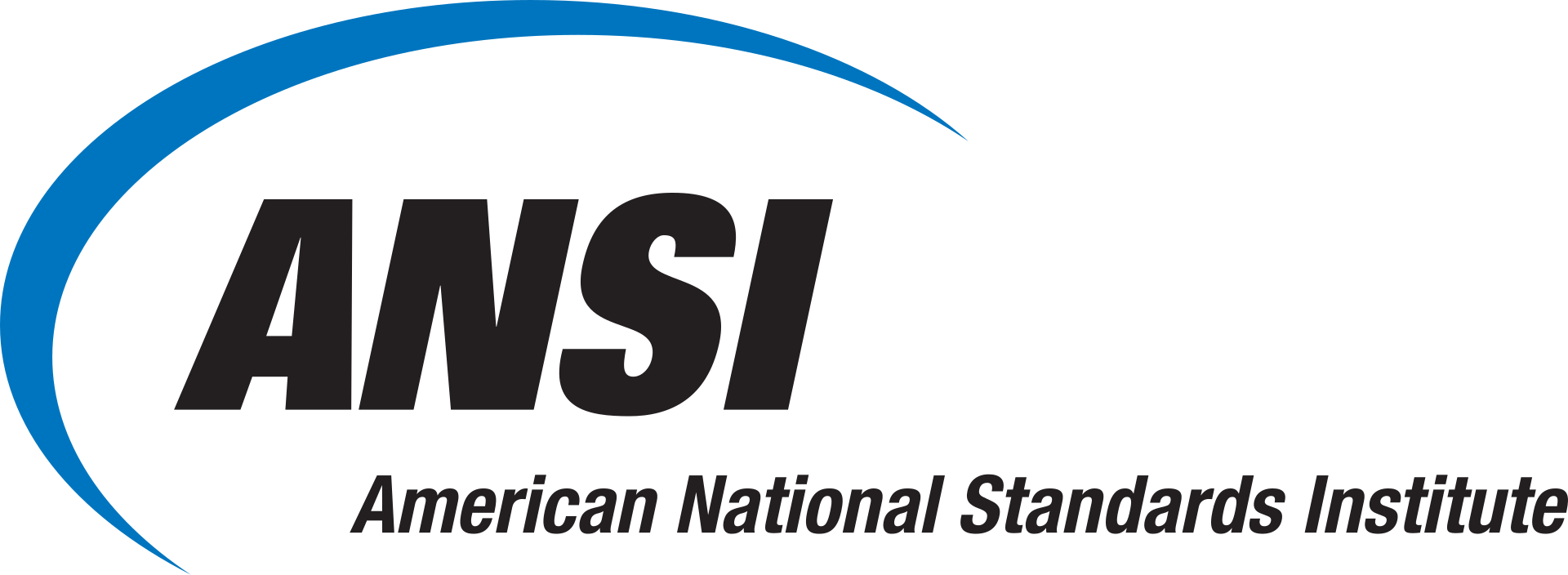ANSI/ESD S8.1-2021: Symbols for ESD Susceptible Items

Electrostatic discharge (ESD) refers to a sudden and rapid transfer of static electricity between two objects with different electrical potentials. While most of ESD events are harmless to the human body, they can cause challenging and expensive problems in certain industrial environments. In fact, each year, an estimated $40 billion in losses from ESD damage occur in the electronics industry alone. To avoid slow production, product quality issues, or safety concerns, the implementation of symbols is critical. ANSI/ESD S8.1-2021: ESD Association Standard for the Protection of Electrostatic Discharge Susceptible Items – Symbols standardizes and clarifies the meaning of commonly available and in-use ESD awareness symbols.
What Are ESD Awareness Symbols?
Electrostatic discharge (ESD) awareness symbols are visual cues indicating the presence of static-sensitive components or areas and thus the need for protective measures. Industries that handle sensitive electronic components—such as electronics manufacturing, aerospace, automotive, and medical device manufacturing—heavily rely on ESD awareness symbols.
Essentially, these symbols are used to visually alert individuals to the presence of ESD-sensitive components, the need for protective measures, and the location of grounding points. ANSI/ESD S8.1-2021 covers specifications for the three main ESD awareness symbols.
What Is ANSI/ESD S8.1?
ANSI/ESD S8.1-2021 defines three electrostatic discharge (ESD) awareness symbols:
- The ESD susceptibility symbol
- The ESD protective symbol
- The ESD common point ground symbol
These symbols are used to identify ESD sensitive items, items designed to provide ESD protection, and locations for bonding conductors, respectively
What Are the Dangers of ESD?
The world in which we reside is intrinsically linked with smartphones, laptops, and advanced gadgets— all of which are constructed out of electric circuits, semiconductors, and other essential components. Although we are constantly surrounded by such electric devices, we hardly know much about the potential of hazardous accidents they can cause. The dangers of ESD include damaging or destroying electronic components, causing fires and explosions in flammable environments, and leading to electrical shocks as well as causing soft errors like display glitches in electronic devices. Specifically, here is a breakdown of the major risks ESD poses to industries:
- Damage to electronic components: ESD can cause short circuits, burns, temperature fluctuations, moisture, or alterations in integrated circuits, which can impact the operation or useful life of devices. This can lead to economic losses, production delays, or product quality failures.
- Hazards to worker safety: ESD can cause sparks or electric arcs that could ignite flammable materials, explosives, or gases—potentially igniting a fire or causing an explosion. ESD can also cause burn, cramp, or cardiac arrest injuries to people who come in contact with charged objects or induced currents.
- Interference in communication signals: ESD can generate significant electromagnetic interference (EMI) that can disrupt communication signals in various ways, such as interference with radio frequency and infrared or fiber optic signals that are used to transmit data or control processes. This can cause errors, loss of information, or malfunction of systems.
As such, electronics manufacturers incorporate various ESD protection measures to prevent issues in the manufacturing process, which includes fabricating, testing, shipping and handling, as well as including the right ESD awareness symbols that comply with ANSI/ESD S8.1-2021 specifications.
ANSI/ESD S8.1-2021: ESD Association Standard for the Protection of Electrostatic Discharge Susceptible Items – Symbols is available on the ANSI Webstore.
Please direct any technical questions relating to this American National Standard to the developer. You can find the contact information for all standard developing organizations (SDOs) here: Who to Contact for Standards Related Questions.






